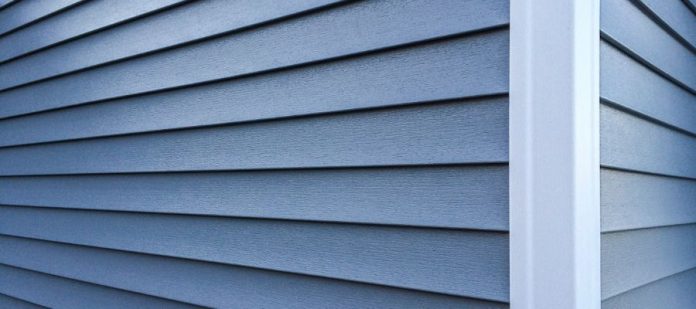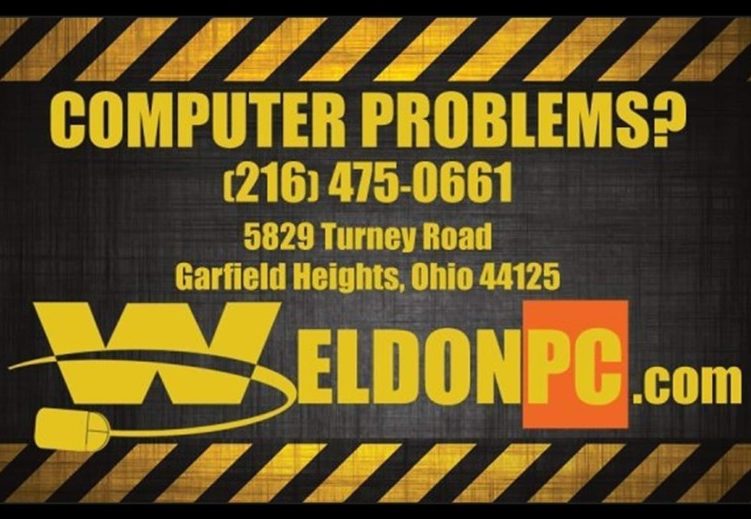Upgrading or replacing your home siding is a significant investment that enhances your property’s curb appeal and value. However, navigating through the myriad of options and considerations can be overwhelming. To help you make an informed decision, here are five mistakes to avoid when buying new home siding.
Settling for Below-Average Siding
One common mistake homeowners make is choosing the cheapest option available, assuming all siding products offer the same level of protection and durability. Investing in high-quality siding pays off in the long run through better weather resistance, lower maintenance requirements, and improved energy efficiency. Don’t compromise on quality; invest in siding that offers the best value and longevity for your home.
Buying Siding That Clashes With Your House
While functionality is crucial, one key point to consider when upgrading your home’s siding is its aesthetics. Selecting a siding color or material that clashes with your home’s architectural style can detract from its overall appeal. Consulting a design professional can ensure your new siding complements and enhances your home’s visual charm.
Not Factoring in Your Local Weather
The climate you live in should significantly influence your siding choice. Materials that are ideal in one environment might fail in another.
For instance, vinyl siding may melt in extreme heat, whereas wood siding could suffer in highly humid areas. Evaluate your local weather conditions and select materials known for their resilience and performance in similar climates.
Not Getting Estimates From Contractors
Another mistake to avoid when buying new home siding is committing to a project before obtaining detailed estimates from several reputable contractors. These estimates should include materials, labor, and additional expenses, such as permits or debris removal.
If you don’t get several estimates, you may pay costs that you didn’t expect. Take the time to compare quotes and ask questions to understand what each contractor offers.
Hiring an Installer Without Insurance
Lastly, ensure that any contractor or installer you hire carries valid insurance. Working with uninsured installers puts you at risk of liability for any accidents or damage during the project.
Confirm that your contractor has liability insurance and workers’ compensation, and ask to see proof before work begins. This will protect both you and the workers on your property.
A successful siding upgrade requires thoughtful consideration and careful planning. Being cautious will allow you to successfully enhance your home’s appearance, improve its durability, and ensure that your siding investment is sound and rewarding.





















